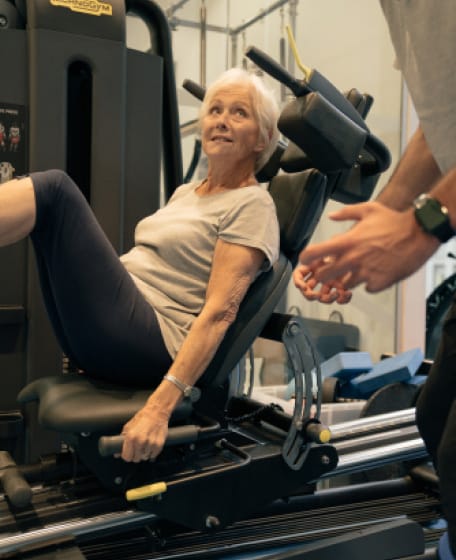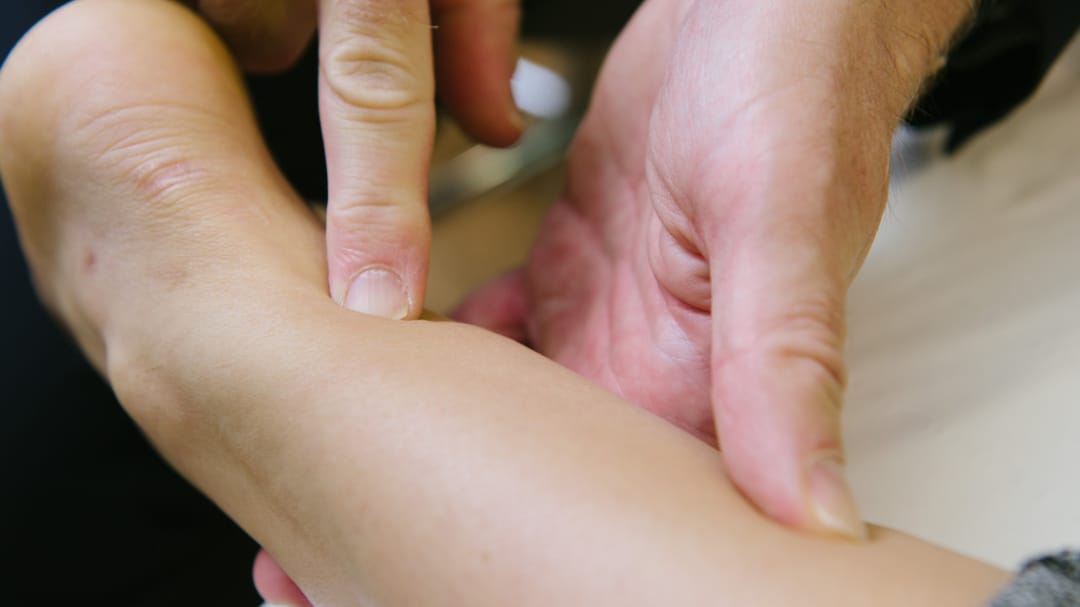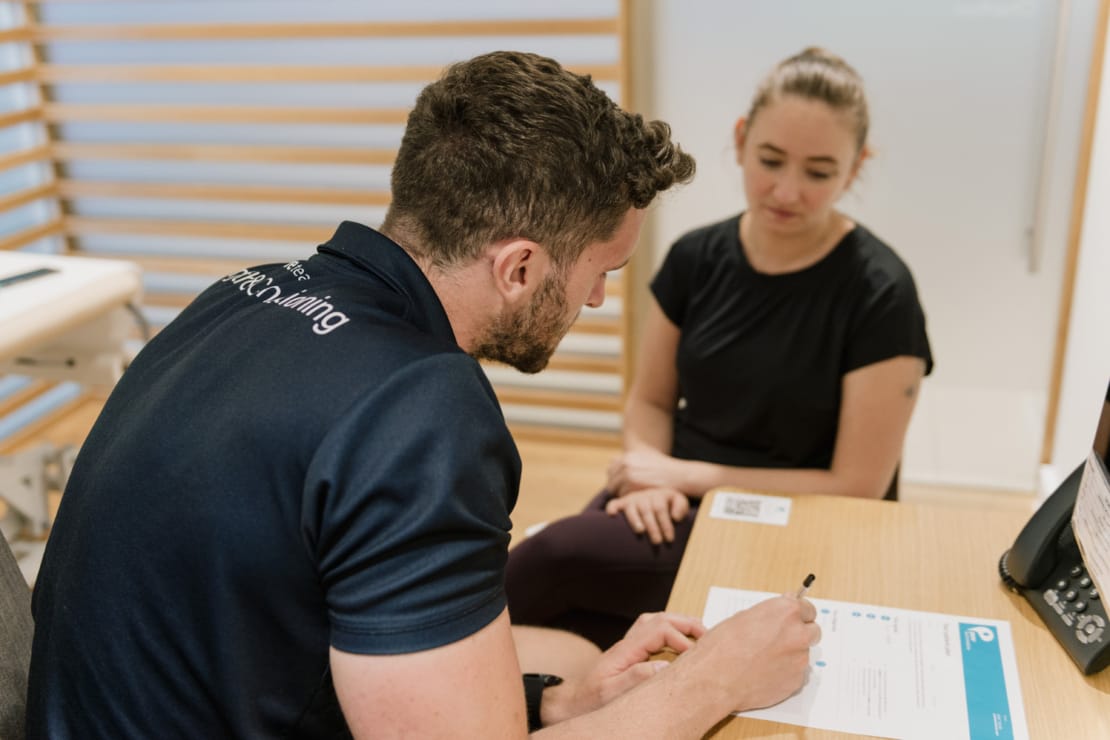The Effects of Concussion on Central and Peripheral Vision Reaction Times

Claire Small
Chief Clinical Officer & Consultant Physiotherapist
- 26 November, 2018
- Concussion Clinic
- 4 min read
The Effects of Concussion on Central and Peripheral Vision Reaction Times
Welcome back to The Concussion Blog. So far, we’ve looked at some of the pathologies that make up concussion and some of the many assessment and treatment techniques we can implement to manage the condition.
I thought this week it would be interesting to take a look at one of the impacts concussion can have on our athletes from a performance point of view. I think that these findings are particularly useful when we’re trying to get coaches on board without rushing the return to play process.
This week, we’ll look at a paper by Clark and his team from Cincinnati, who investigated the effects on central and peripheral vision reaction times of patients with visual disturbances post concussion.
Clark, Ellis, Burns, Childress, Divine; Analysis of Central and Peripheral Vision Reaction Times in Patients With Post concussion Visual Dysfunction. Clin J Sport Med 2017;0:1–5
Visual dysfunction can present in a variety of ways, as we discussed in Blog number one. Central visual disturbances can present as blurred or double vision due to convergence deficits or inability to focus on a target during head or target movement, while peripheral vision deficits may present as a reduction of visual field.
Peripheral vision plays a vital role in the performance and safety of an athlete; seeing the opponent arriving to make a challenge can help avoid contact and avoid losing possession. Peripheral vision is equally important during day-to-day tasks like crossing the road or driving. This goes back to and adds another layer to studies suggesting that higher re-injury rates, including MSK injuries ,exist following concussion(1)
The sensation of ‘feeling slowed down’ is a common presentation in concussion. This is likely due to slower cognitive processing as well as slower visual processing. If objects or other players are entering into a narrowed visual field or the athletes’ perception of visual depth is altered, the time available to react will naturally be shorter.
Clark and his team conducted a retrospective study of 23 athlete and non-athlete concussed patients (12 females and 11 males, average age 26.5 years) who underwent Dynavision D2 central and peripheral vision reaction time testing (see image). Post concussive visual dysfunction was diagnosed by the same doctor and conducted 3-11 months post concussion.
A group of 30 healthy patients who also underwent Dynavision D2 training were selected as controls.
Procedure
Patients were instructed to hold down a peripherally located button and wait for a light to appear on a button directly in front of the patient’s central field of vision. When the central light was lit up, the patient would release the first button and press the centrally lit button, extinguishing the light. The light turning off indicated that the button had been successfully pressed.
To test peripheral visual reaction time, subjects fixated on a light centrally located on the D2 board. A light would light up at an angle of 45 degrees in the peripheral field of vision of the patient. Once lit up, the patient was instructed to press the lit button as quickly as possible. When the button was pressed successfully, the light was extinguished.
The time from when the light turned on to the time when the light turned off was recorded as the Central and peripheral vision reaction time,s respectively. This was repeated to test the right and left hands, once per hand. The average time was calculated for each patient.
Results
The mean central vision reaction time for the post concussion group was 0.357 seconds (SD 0.118), which was 0.063 seconds slower than the control group. Mean peripheral vision reaction time was 0.477 (SD 0.146), which was 0.137 seconds slower than the control group. These are pretty fine margins, although they were deemed significant by Clark and his team.
Perhaps most interestingly, the mean difference between central and peripheral vision reaction time in the control group was 15.6%, as the mean difference between central and peripheral vision reaction time in the concussed group was 33.6%, more than double the difference of the healthy controls. This represents a significant and measurable variable between healthy and control subjects that could be used in the sporting setting as a potential milestone that must be passed before a return to play.
Discussion
Reduced peripheral vision reaction time has been shown to correlate with white matter changes in the posterior corpus callosum in patients who have suffered a concussion(2), adding more strength to these findings.
The main caveat to this study, however, is that only concussed patients with visual dysfunction were investigated, meaning we cannot, at this stage, use peripheral and central vision reaction time as a diagnostic tool for concussion.
Study limitations considered, current Return to Play guidelines rely almost entirely on subjective reports of symptoms in a non-competitive setting. Is it time we added some objectivity to our Return to Play process?
This study demonstrates that central and peripheral vision reaction time could be an objective marker that we look at as a Return to Play milestone in athletes. Overall, looking at the range of standard deviation in these results, it’s clear that we can’t use it as ‘normative data’ when working with our athletes. This means another item to add to the pre-season screening list, but it’s surely worth it if it has the potential to reduce those injury incidence and re-injury stats.
Stay in touch:
Twitter: @Theo_Farley
Email: [email protected]
If you want to book an appointment with Theo, either follow the link or call our Kensington clinic.
References
- Herman DC, Jones D, Harrison A, Moser M, Tillman S, Farmer K, Pass A, Clugston JR, Hernandez J, Chmielewski TL. Concussion May Increase the Risk of Subsequent Lower Extremity Musculoskeletal Injury in Collegiate Athletes. Sports Med. 2016 Aug 20. [Epub ahead of print]
- Womack KB1,2,3, Paliotta C1, Strain JF3,4, Ho JS5, Skolnick Y5, Lytton WW5, Turtzo LC6, McColl R7, Diaz-Arrastia R6,8, Bergold PJ5. Measurement of Peripheral Vision Reaction Time Identifies White Matter Disruption in Patients with Mild Traumatic Brain Injury. J Neurotrauma. 2017 Jan 13. [Epub ahead of print]

Advice
Over the last 20+ years our experts have helped more than 100,000 patients, but we don’t stop there. We also like to share our knowledge and insight to help people lead healthier lives, and here you will find our extensive library of advice on a variety of topics to help you do the same.
OUR ADVICE HUBS See all Advice Hubs

